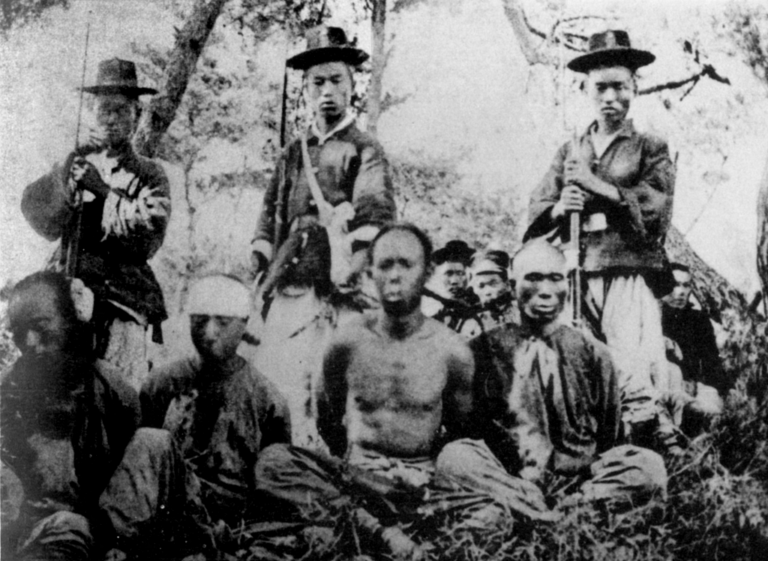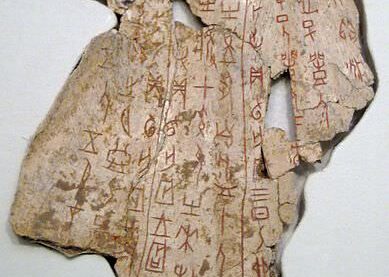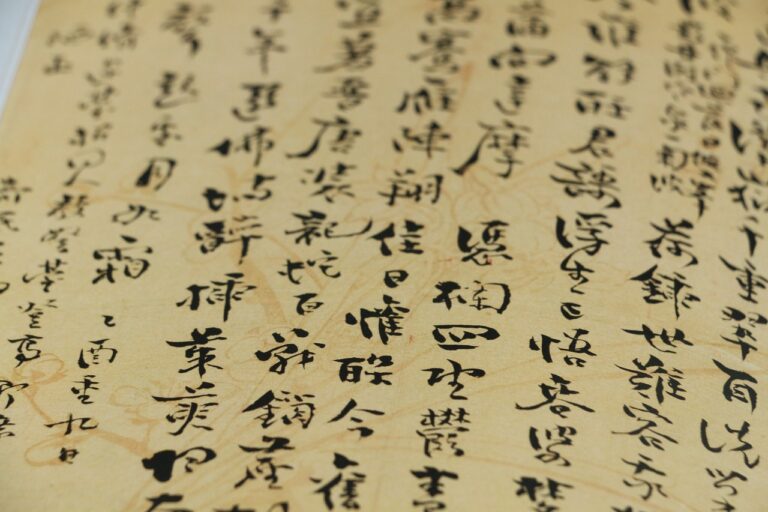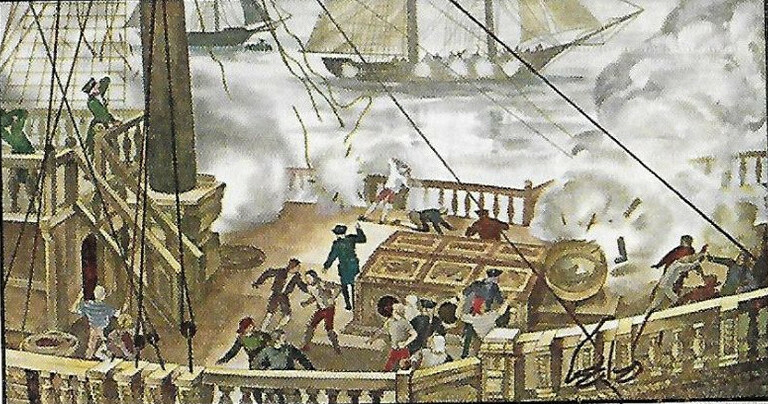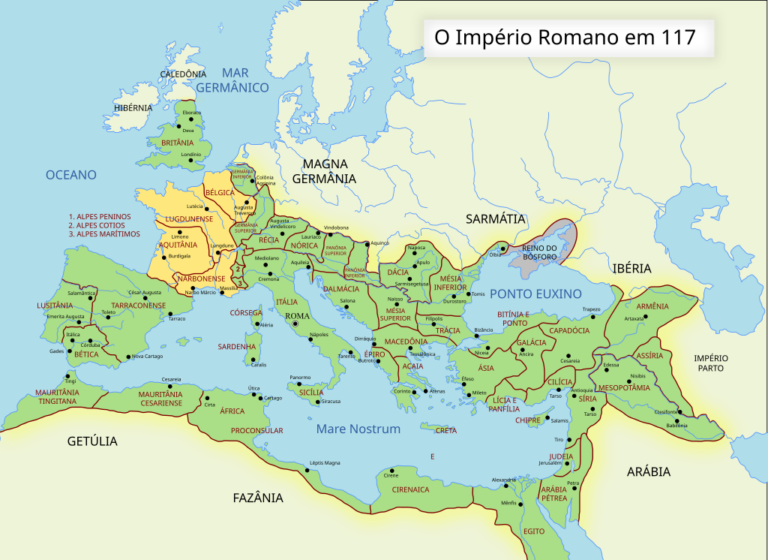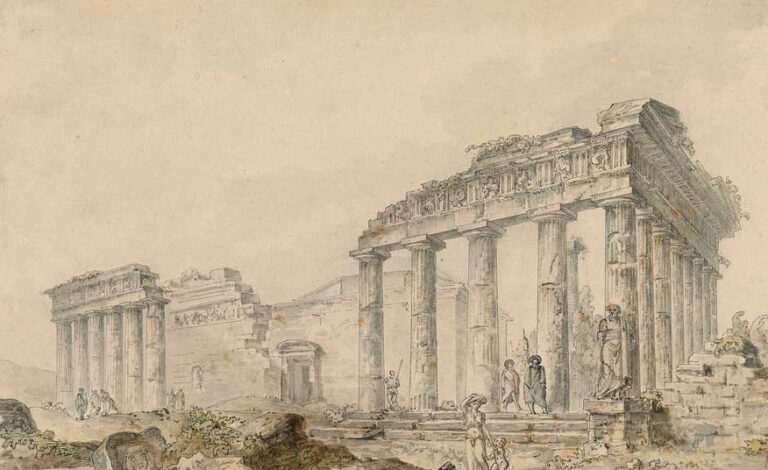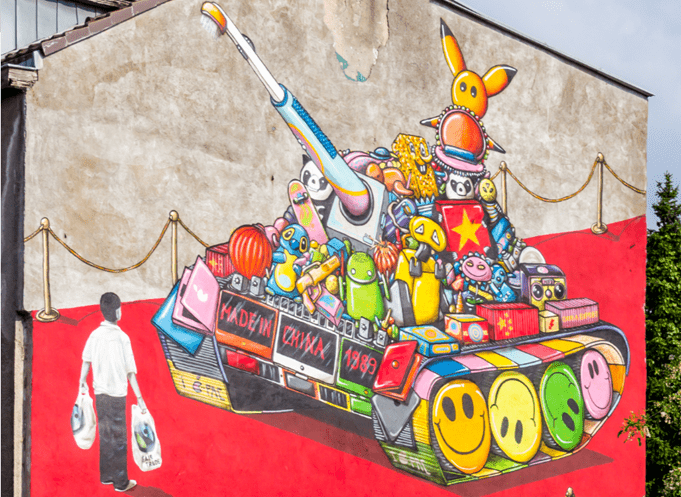
The causes of the Tiananmen Square protests of 1989 did not emerge overnight but were the result of long-simmering frustrations among students, intellectuals, and the general public. These frustrations centered on political repression, economic inequality, and government corruption, with many citizens growing disillusioned with the Communist Party’s inability—or unwillingness—to implement meaningful reforms.
However, while these deeper grievances set the stage for unrest, the immediate catalyst for the movement was the death of Hu Yaobang on April 15, 1989. Hu, a former General Secretary of the Communist Party, had been a popular reformist figure who advocated for meritocracy, transparency, and greater freedoms for intellectuals. His death ignited an outpouring of public mourning, which quickly evolved into organized demonstrations calling for political change.
Below, we examine the key factors that led to the protests, beginning with Hu Yaobang’s legacy and the demands made by student protesters.
1. The Legacy of Hu Yaobang and the Catalyst for Protest
Hu Yaobang was a reformist leader within the Communist Party who sought to modernize China, combat corruption, and provide greater freedoms for intellectuals and workers. He played a critical role in reversing wrongful political persecutions, allowing intellectuals to re-enter public life, and advocating for a meritocratic government system rather than one based on ideological loyalty. However, his progressive stance put him at odds with conservative members of the CCP, and in 1987, he was forced to resign from his position as General Secretary after being accused of being too lenient on student activists.
When Hu died on April 15, 1989, students and citizens across China saw his mistreatment as emblematic of the CCP’s resistance to reform. Spontaneous memorial gatherings began at 26 universities in Beijing, and on April 17, students organized marches that ultimately led them to Tiananmen Square. Initially, these demonstrations were a tribute to Hu, but government records show that the focus quickly shifted from mourning to expressing frustration with broader political and social issues.
In response, student leaders drew up a list of seven demands, which they hoped to discuss with the government. These demands reflected their calls for greater transparency, an end to censorship, and political accountability:
- Hold democratic elections to replace corrupt or ineffective officials appointed by the Communist Party.
- Reevaluate Hu Yaobang’s legacy and acknowledge that his views on democracy were correct.
- End ideological campaigns against Western influences, such as the “spiritual pollution” and “bourgeois liberalization” campaigns.
- Disclose the salaries and assets of government officials and their families to combat corruption.
- Lift press censorship and allow privately owned newspapers.
- Increase government spending on higher education and raise salaries for intellectuals.
- End restrictions on protests and demonstrations in Beijing.
While these demands were made with the intention of opening a dialogue with the government, CCP leaders refused to engage in discussions, setting the stage for a deeper confrontation.
2. Frustration with Political Repression and Lack of Freedoms
Despite China’s economic reforms, the Communist Party remained deeply authoritarian, suppressing free speech, restricting access to information, and blocking any attempt at political opposition. The government tightly controlled the media, universities, and public discourse, preventing criticism of the Party or its leaders.
Many students were inspired by global democratic movements, particularly the protests in Eastern Europe and the Soviet Union, where governments were beginning to adopt reforms. Seeing similar possibilities for China, students demanded freedom of speech, an end to censorship, and democratic participation in governance. However, these ideas directly challenged the CCP’s monopoly on power, and government officials quickly denounced the protests as a threat to national stability.
The students also sought an end to state-led political campaigns such as the “spiritual pollution” and “bourgeois liberalization” campaigns, which were designed to suppress Western ideas and capitalist influences. These campaigns had been used to purge reformist thinkers, censor intellectuals, and restrict university curricula. Many students viewed these policies as obstacles to modernization and economic progress, fueling their demands for greater intellectual and political freedoms.
3. Corruption and Wealth Disparity Among Government Officials
While China’s economic reforms had improved living standards for some, they also worsened inequality and corruption. High-ranking Communist Party officials and their families amassed significant wealth, often through their exclusive access to state resources and business opportunities. Meanwhile, ordinary citizens struggled with inflation, low wages, and unemployment.
One of the key demands of the student protesters was to expose the financial holdings of government officials and their families. Protesters saw this as a way to combat nepotism, bribery, and the growing divide between the political elite and ordinary citizens.
Many government officials lived in luxury, while workers and students faced economic hardship. This was especially evident in urban areas, where the effects of inflation and job insecurity were most severe. University graduates, who once expected stable government jobs, now faced an increasingly competitive and unpredictable job market. This sense of economic uncertainty deepened public resentment and encouraged students to demand greater accountability from government leaders.
4. Educational Inequality and the Marginalization of Intellectuals
Many student protesters were particularly frustrated with China’s declining investment in higher education. University funding was limited, and intellectuals were paid low wages, making it difficult for scholars and researchers to pursue academic work.
Students called for an increase in government spending on education and better wages for intellectuals, arguing that China’s future depended on knowledge and innovation. This reflected Hu Yaobang’s belief in meritocracy, where individuals would be rewarded based on skill rather than political loyalty.
However, the Communist Party had long been suspicious of intellectuals, fearing that they could spread liberal ideas that might weaken Party control. The lack of government support for education, combined with strict ideological controls on universities, angered many students and led them to take a stand against the government.
5. Economic Hardships
Throughout the 1980s, China underwent significant economic reforms under the leadership of Deng Xiaoping, transitioning from a centrally planned economy to a more market-oriented system. These reforms, which included the decentralization of state-owned enterprises, the introduction of private businesses, and the opening of China to foreign trade and investment, led to rapid economic growth. However, they also created deep economic disparities that fueled widespread discontent.
One of the most pressing issues was rising inflation, which significantly eroded the purchasing power of ordinary citizens. By the late 1980s, inflation rates had surged to nearly 30% in urban areas, making essential goods like food and housing increasingly unaffordable for many Chinese people. Meanwhile, government officials and business elites often had access to subsidized goods and special privileges, widening the wealth gap and fostering resentment.
At the same time, unemployment and job insecurity became growing concerns. While China’s economy was expanding, many state-owned enterprises (SOEs) were restructured or privatized, leading to mass layoffs. Young university graduates, who traditionally expected secure government jobs upon graduation, found themselves entering an increasingly competitive job market with fewer guarantees of employment. This uncertainty contributed to frustration among students, many of whom played a leading role in the Tiananmen Square protests.
Conclusion: The Fight for Reform and Recognition
The Tiananmen Square protests of 1989 were driven by a combination of economic frustrations, political repression, and growing public resentment toward government corruption. However, at their core, they were deeply tied to the legacy of Hu Yaobang.
Hu had symbolized the hope for reform, transparency, and fairness, and his mistreatment by the government represented the Communist Party’s unwillingness to embrace real change. His death became the rallying point for students and intellectuals, who sought both to restore his legacy and to push for a more democratic future.
…
Cover image: © Raimond Spekking / CC BY-SA 4.0 (via Wikimedia Commons)
Related:

